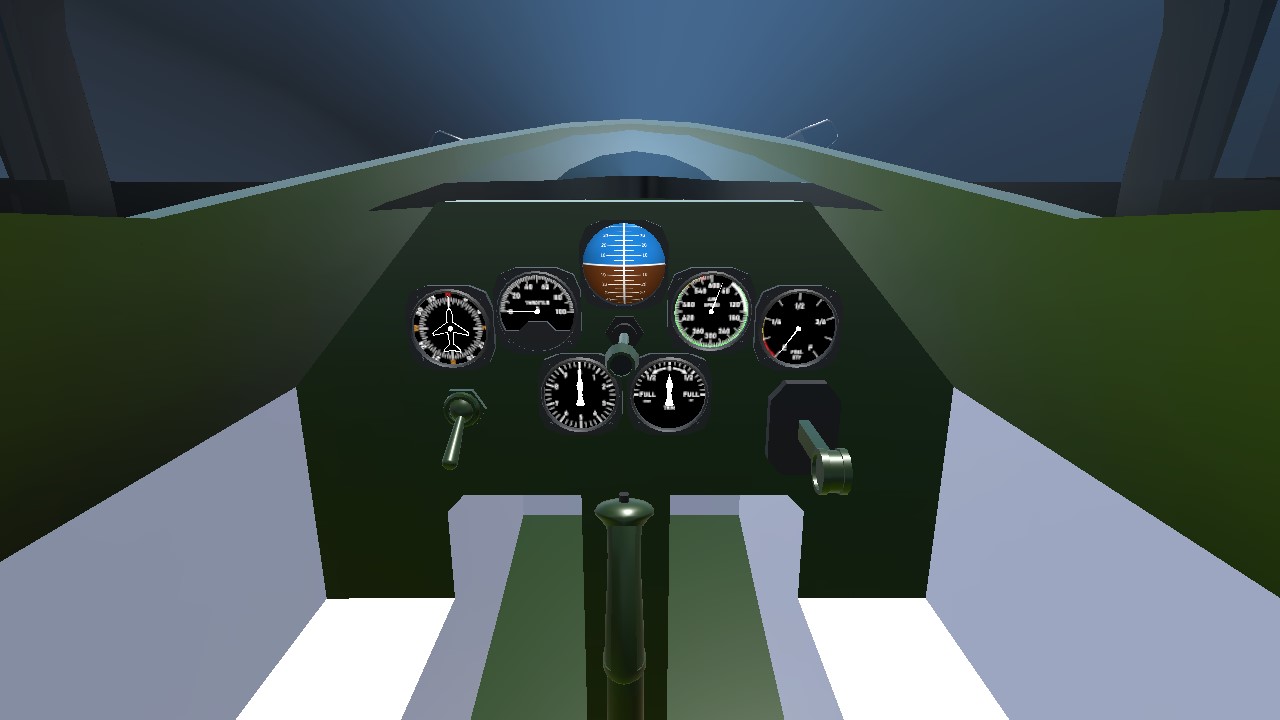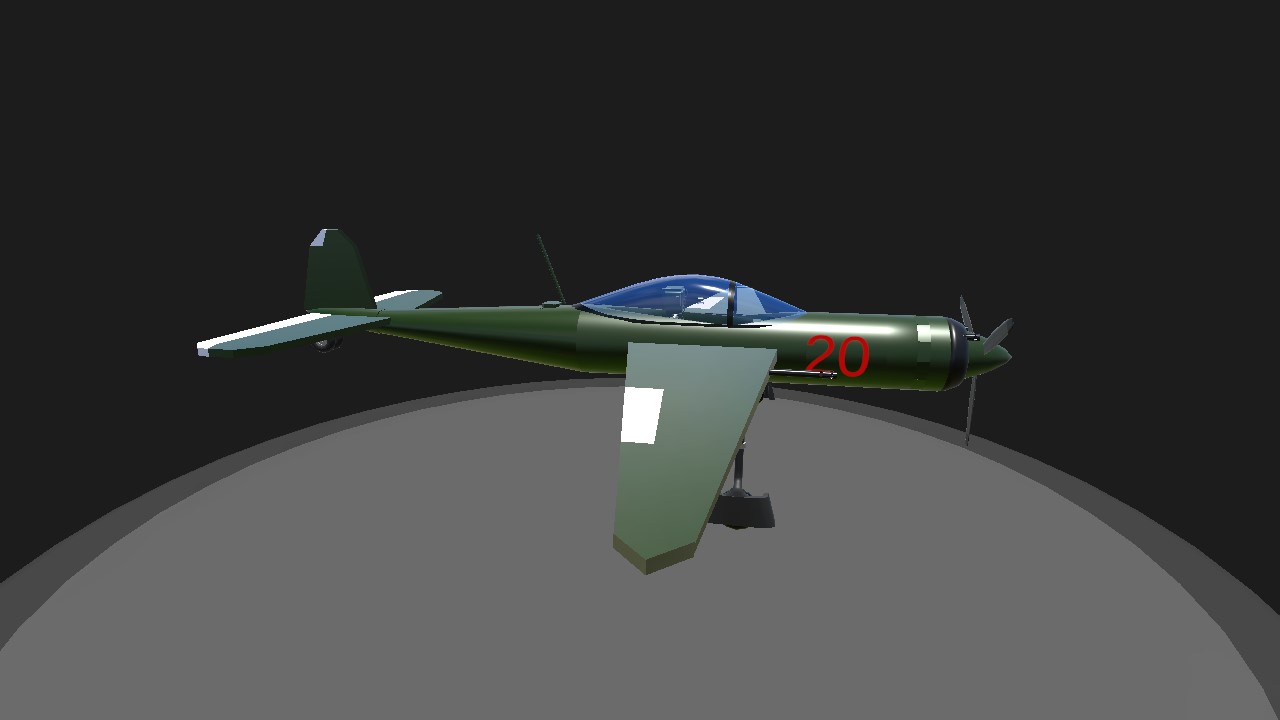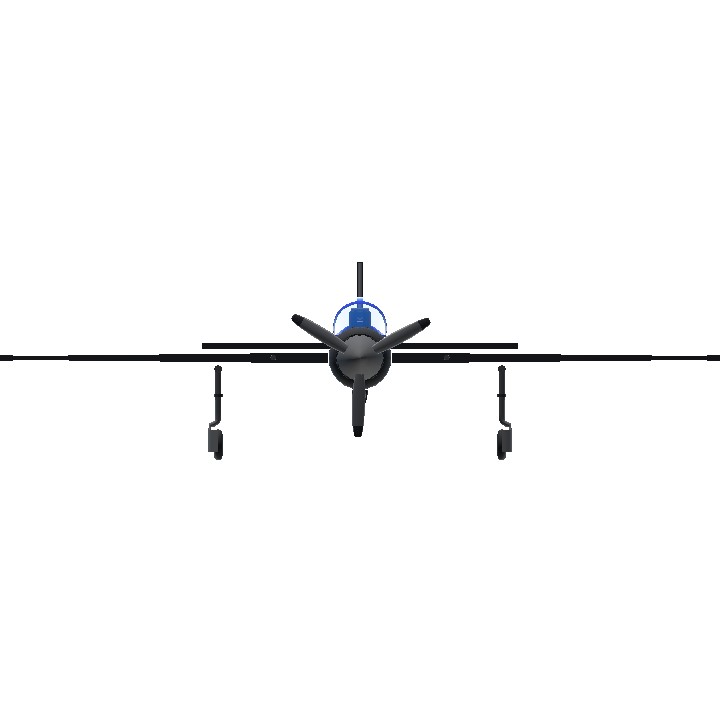The first documented combat use of La-11 took place on April 8, 1950, when four Soviet pilots shot down a United States Navy Consolidated PB4Y-2 Privateer over the Baltic Sea, with all 10 of the Privateer's crew lost. Later the same year, two La-11 pilots shot down a USN Lockheed P2V Neptune over the Sea of Japan near Vladivostok; one USN crew member was killed.
From February 1950, the Soviet 106th Fighter Aviation Division moved to Shanghai to defend it against bombing by the ROCAF. The division included the 351st Fighter Regiment, equipped with the La-11. On March 7, the regiment claimed a North American B-25 Mitchell bomber, shot down near Nanjing.[citation needed] On March 14, 1950, a Martin B-26 Marauder bomber was claimed in Xuzhou.[citation needed] On March 20, 1950, five La-11 pilots encountered a group of North American P-51 Mustangs north-west of Shanghai, although the P-51 pilots immediately retreated.[citation needed] On April 2, 1950, two P-51s were claimed by La-11 pilots over Shanghai.[citation needed] After that, MiG-15s of the Soviet 29th Fighter Regiment took over the air defence role. The ROCAF stopped bombing Shanghai that June and the Soviet units left in October 1950.
By July 1950, La-11s were flying combat air patrol missions over North Korea.[citation needed]
On November 30, 1951, 16 La-11 fighter pilots of the 4th Fighter Aviation Regiment, Chinese People's Volunteer Army (PVA) were escorting 9 Tu-2 PVA bombers to bomb the South Korean island of Taehwa-do (???/???), in the Pansong archipelago. They were attacked by more than 30 F-86 fighters of the United States Air Force: four Tu-2 bombers and three La-11s were shot down.[citation needed]
The main target of La-11 pilots during the Korean War was the Douglas A-26 Invader night bomber, although numerous skirmishes with P-51s also took place.[citation needed] Attempts to intercept Boeing B-29 Superfortress bombers proved fruitless. An La-11 required 26 minutes to reach the B-29's cruising altitude, and, once there, had a speed advantage of only 20 km/h (12 mph).
On July 23, 1954, a Douglas C-54 Skymaster military transport aircraft, registration VR-HEU, operated by Cathay Pacific Airways on a civilian passenger flight en route from Bangkok to Hong Kong, was shot down by two La-11 fighters[citation needed] of the 85th Fighter Regiment, People's Liberation Army Air Force (PLAAF) off the coast of Hainan Island, killing 10 people in an incident that has become known as the 1954 Cathay Pacific Douglas DC-4 shootdown.
Although the four-engined propeller-driven Douglas (registered VR-HEU) was a C-54 Skymaster, the incident is known as "the DC-4 shootdown" because the C-54 is the military version of the Douglas DC-4, and the aircraft was flying a commercial passenger run.[2][3][4][5]
Three days later, near the same location, two La-11s of the same unit were shot down by 2 AD-4 airplanes of the US Navy.
During 1954–55, La-11 fighters of the PLAAF took part in the Battle of Yijiangshan Islands escorting the ships of the People's Liberation Army Navy and Tu-2 bombers.[citation needed]
Specifications
Spotlights
- P0LARIS 4.1 years ago
General Characteristics
- Predecessor Sea Plane
- Created On Android
- Wingspan 37.5ft (11.4m)
- Length 34.0ft (10.4m)
- Height 10.0ft (3.1m)
- Empty Weight 4,844lbs (2,197kg)
- Loaded Weight 6,041lbs (2,740kg)
Performance
- Horse Power/Weight Ratio 0.292
- Wing Loading 28.4lbs/ft2 (138.7kg/m2)
- Wing Area 212.6ft2 (19.8m2)
- Drag Points 2171
Parts
- Number of Parts 45
- Control Surfaces 8
- Performance Cost 331






